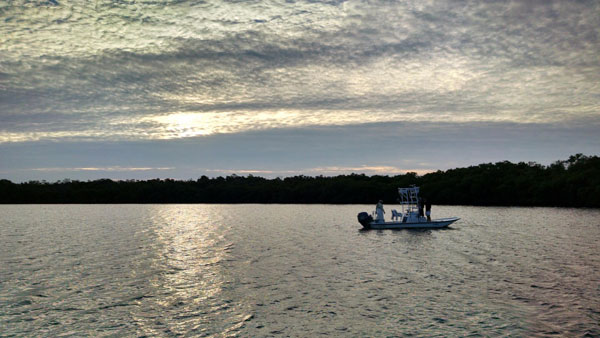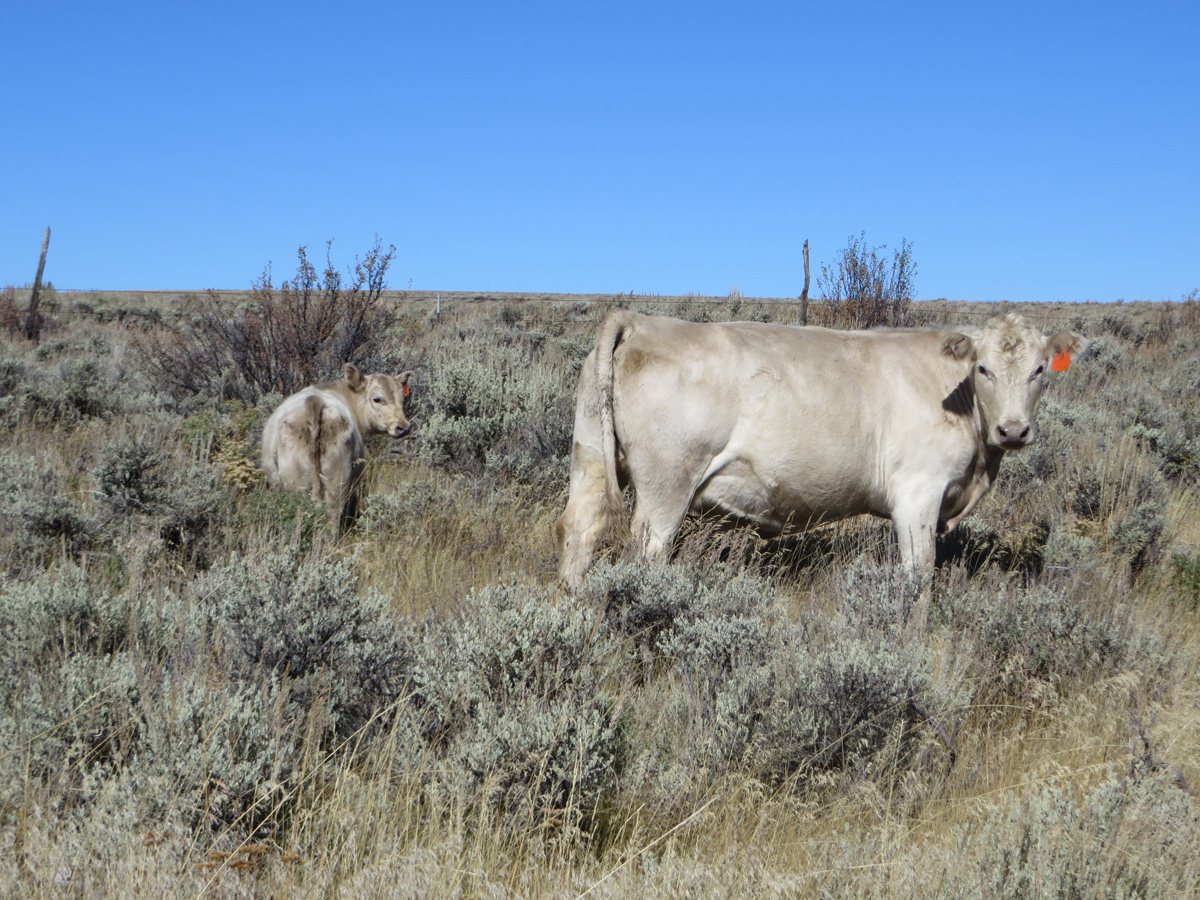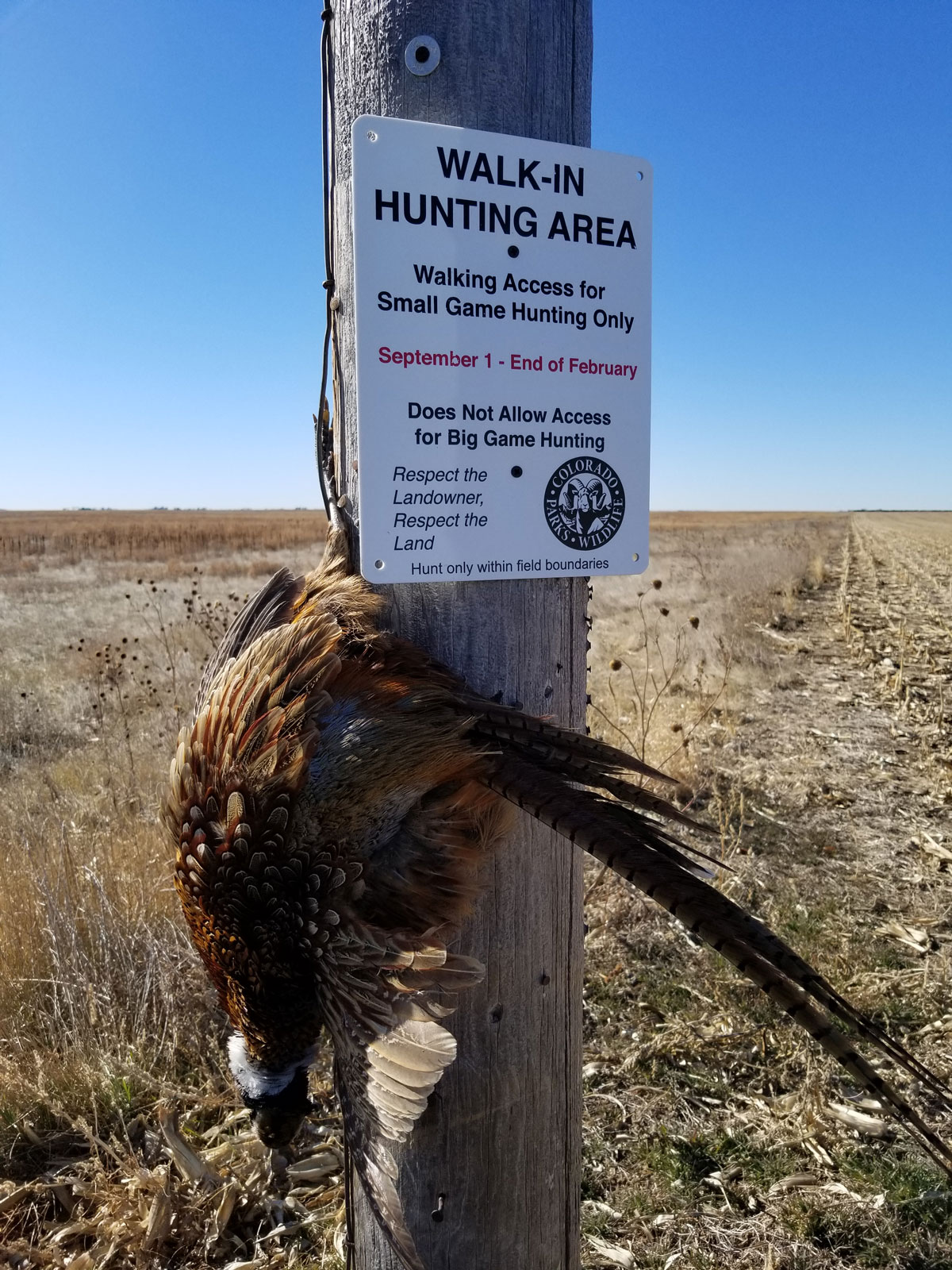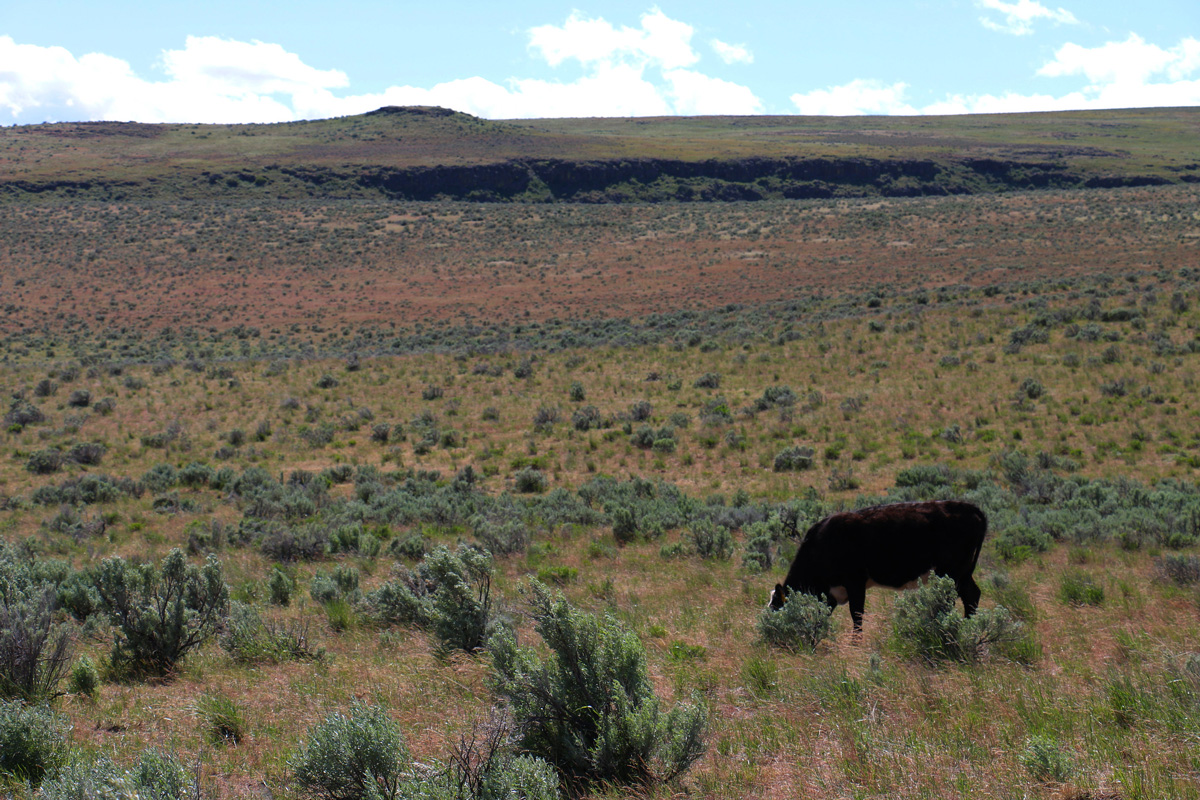Today’s allocations are still based on data that is decades old
Divvying up the total catch of a fish stock between recreational and commercial fisheries is arguably the most difficult job for federal fisheries managers.
These allocations are generally set in percentages, as in 51 percent of the Gulf of Mexico red snapper stock is allocated to commercial fishing and 49 percent to recreational fishing. But these percentages are often based on catch data that is decades old.
Even when updated data shows a reallocation may be needed to reflect current catch rates or maximize the cultural and economic value of a fishery, regional management councils are slow to use that data. Sometimes they reject efforts to reallocate a fishery because of political pressure or objections from the sector that stands to lose some of its historic allocation.
Fortunately, recent policy advancements may support a fresh look at allocations. Here’s what happened.

The Timeline
2014
The Commission on Saltwater Recreational Fishing Management—an expert panel of state and federal agency administrators, researchers, industry representatives, and economists that is also known as the Morris-Deal Commission—recommends in its landmark report that allocations should be examined and reconfigured “for the greatest benefit of the nation.”
July 2016
NOAA Fisheries releases a “Fisheries Allocation Review Policy” that guides regional fishery management councils in determining how and when to examine allocations. Since the release of this document, the South Atlantic Fishery Management Council and the Gulf of Mexico Fishery Management Council have worked to develop criteria and timeframes by which allocations will be examined.
December 31, 2018
President Trump signs the Modernizing Recreational Fisheries Management Act of 2018 (S. 1520), a bill that was developed with support from and in consultation with the TRCP, Coastal Conservation Association, American Sportfishing Association, Center for Sportfishing Policy, National Marine Manufacturers Association, Yamaha, Recreational Fishing Alliance, and many others.
This bill requires the Comptroller General of the United States to conduct a study in the South Atlantic and Gulf of Mexico within one year to:
- Recommend criteria—including economic, ecological, conservation, and social factors—that could be used for allocating/reallocating fishing privileges in a mixed-use fishery.
- Identify sources of information that could reasonably support the use of the above criteria.
- Assess the budgetary requirements for performing periodic allocation decisions in both councils.
- Develop recommendations of procedures for allocation reviews and potential adjustments in allocation.
The bill also requires the Comptroller General to consult with NOAA, the applicable Councils and their Science and Statistical Committees, applicable state fisheries management commissions, and the recreational, commercial, and charter fishing sectors in conducting the required study.
The TRCP and its partners have worked with the Government Accountability Office and with the councils to help establish allocation criteria and ensure that future guidance documents include specific instructions for councils to help break the impasse on examining allocations.
Soon, anglers may get even more of a fair shake, and we can all stop living in the past.
This topic was featured at TRCP’s annual Saltwater Media Summit at ICAST on July 10, 2019.
Thank you to our expert panelists: Kelly Denit, division chief of domestic fisheries, NOAA Office of Sustainable Fisheries; Brad Gentner, economic consultant, Gentner Group; Doug Boyd, Sportfishing and Boating Partnership Council member and Gulf of Mexico Fishery Management Council member; and Spud Woodward, retired chief of marine fisheries management, Georgia Department of Natural Resources and a member of the South Atlantic Fishery Management Council.
And our sincerest gratitude to our generous sponsors: American Sportfishing Association, Bass Pro Shops, Costa, Florida Fish and Wildlife Conservation Commission, National Marine Manufacturers Association, NOAA, Peak Design, Recreational Boating and Fishing Foundation, takemefishing.com, and Yamaha.









I have been a snapper captain for hire for 30 years and now that I have my own boat finally I don’t have a single snapper Ifq where is the fairness in that if it wouldn’t been for hard working captain like me these permits would not have the pounds they have now the amount of snapper that I’m throwing back ain’t surviving where is the logic is this please let me know thank you